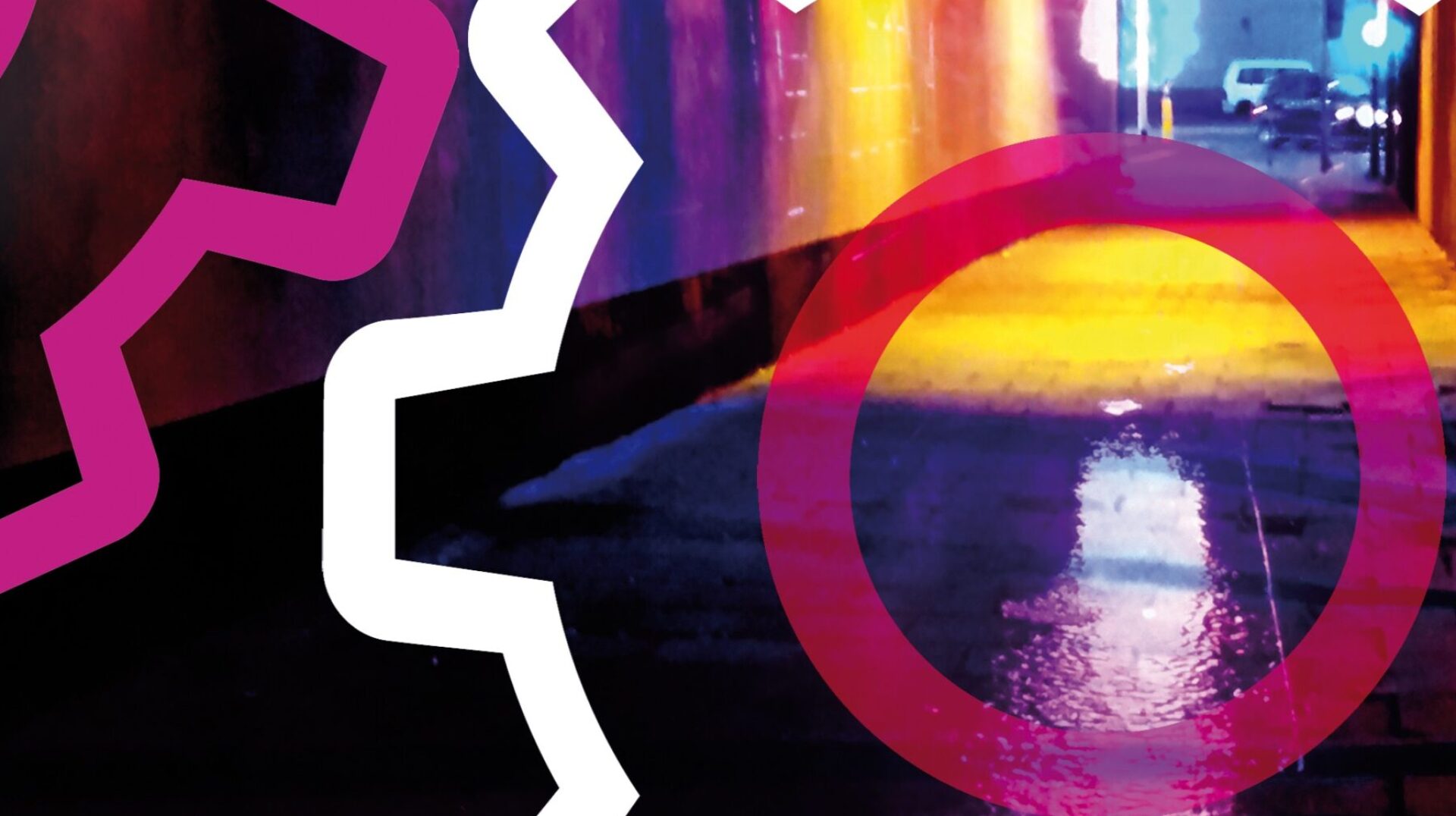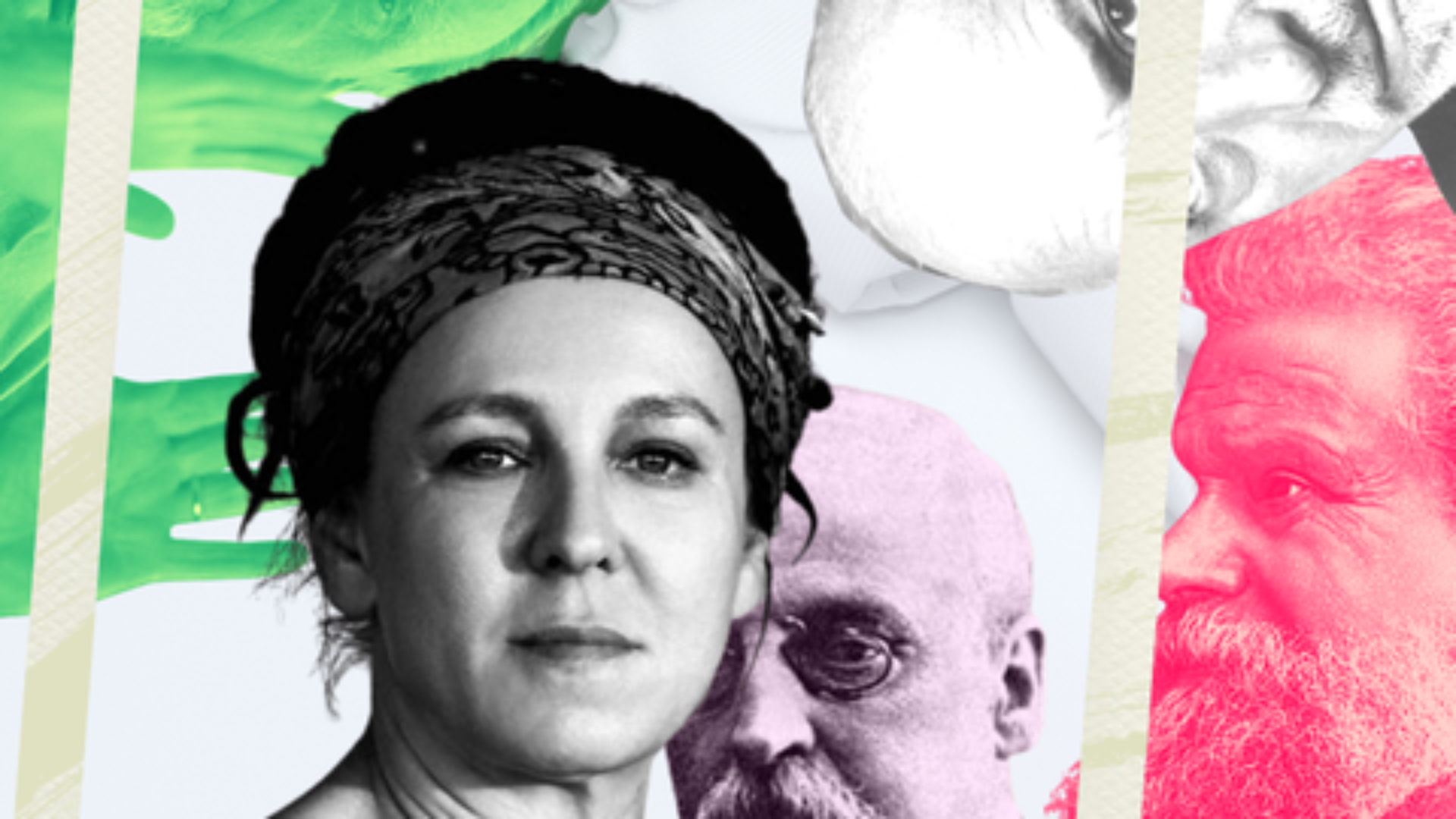The Image of Queen Bona in Polish Drama
The article presents a literary image of queen Bona appearing in Polish 19th and 20th century drama, and makes an attempt at explaining the reasons for painting such an image. The events of the majority of plays discussed in this text (written in the 19th century and the early 20th century) was inspired by the stormy marriage between Sigismund Augustus and Barbara Radziwiłł, whereas Bona, a character depicted in dark colours, was opposed to excessively idealised Barbara. The queen from the Sforza family was shown as a woman blinded by hatred and thirsty for power, cunning and unscrupulous plotter, pitiless poisoner, foreigner acting against the Polish interests and implementing the controversial teachings of her countryman, Machiavelli. The negative and historically false image became blurred with the passing years to change radically as a result of a more critical attitude to Barbara, visible in the literary works written after the Second World War. From a bad monarch wishing Poland ill, Bona turned to be a wise ruler and far-sighted politician, defending the interest of her second homeland. The article discusses separately radically different images of queen Bona outlined in two dramas set in Bari and not inspired by Sigismund Augustus’s marriage. Additionally, the stage history of one of them is presented.

